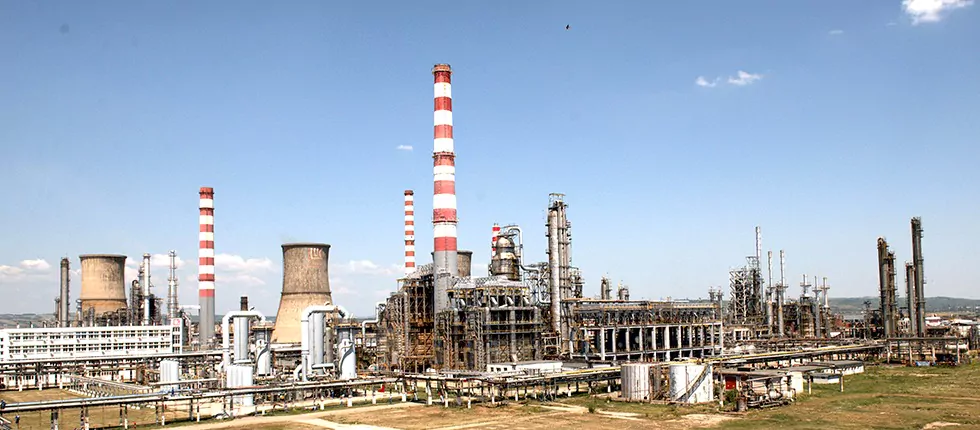Lukoil and Rusatom Overseas (part of ROSATOM, Russia’s state-owned nuclear energy group) have signed a memorandum of understanding to explore the possibility of green hydrogen production at the Petrotel-Lukoil refinery in Ploiesti.
Urmărește mai jos producțiile video ale Economedia:
- articolul continuă mai jos -
“The parties will study opportunities related to the construction of a production unit at the refinery, thus reducing CO2 emissions, as well as exploring the possibility of obtaining government support for the project at both national and European levels,” according to a statement published on Rosatom’s website.
“We are studying the possibility of producing hydrogen at the Romanian refinery using electrolyzers with a production capacity of 10,000 cubic meters per hour,” said Yevgeny Pakermanov, president of Rusatom Overseas JSC.
“Together with our technology partner, ROSATOM, we will evaluate the prospects of switching our plant to one of the most environmentally friendly hydrogen production technologies, which allows the refinery to strongly reduce its carbon footprint. In the future, this will allow us to replace all traditionally produced hydrogen, through catalytic steam reforming of methane, with green hydrogen, generated by electrolysis in symbiosis with renewable energy sources,” said Rustem Gimaletdinov, Vice President at PJSC LUKOIL, quoted in the release.
Hydrogen is seen as an essential element of the European Union’s future green energy mix and its production could benefit from massive subsidies from the European executive under the Green Deal.
According to the European Parliament, there are several types of hydrogen, depending on the production process and greenhouse gas emissions. Clean hydrogen (“renewable hydrogen” or “green hydrogen”) is produced by electrolysis of water using electricity from renewable sources and emits no greenhouse gases during production.
Hydrogen accounts for about 2% of the EU’s energy mix, 95% of which is produced by burning fossil fuels, which releases 70-100 million tonnes of CO2 every year.
According to research, renewable energies could provide a substantial part of the European energy mix by 2050, with hydrogen accounting for up to 20% of this mix, or between 20-50% of energy needs in transport and 5-20% in industry.
Hydrogen can be considered a good fuel because of its properties:
- Its use as an energy source does not produce greenhouse gases (water is the only by-product)
- It can be used to produce other gases such as liquid fuels
- Existing infrastructure for transporting and storing gas can be reused for hydrogen
- It has a higher energy density than batteries, so can be used for long-distance, or large tonnage transport

 Sursa: Petrotel.lukoil.com
Sursa: Petrotel.lukoil.com





























